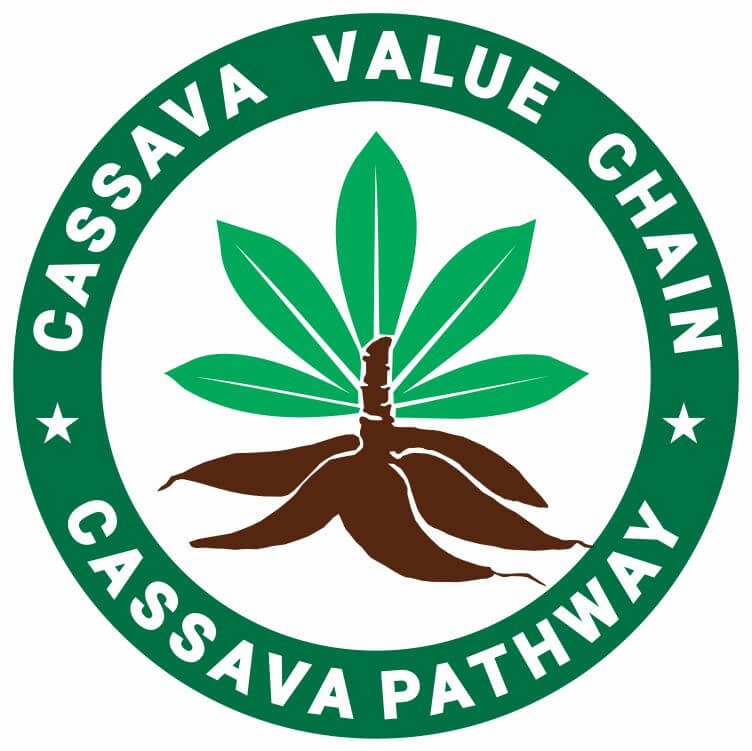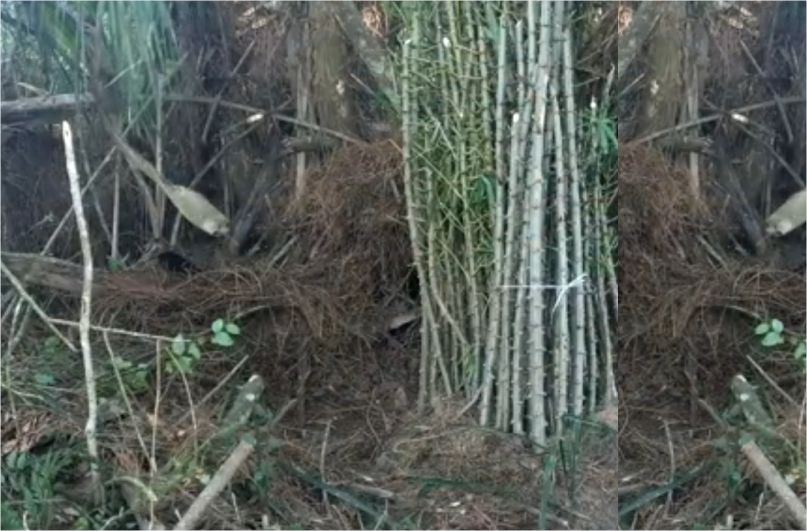Knowing how to preserve cassava stems for the next farming season will ensure healthy growth and bountiful yields the next season.
These stems, often called cuttings, are the foundation of cassava farming, so proper care is needed to maintain their viability.
You could be a seasoned farmer or a beginner, knowing the best ways to store cassava stems can save time, reduce costs, and guarantee healthy crops.
In this guide, we’ll explore simple, effective techniques to keep your stems fresh and disease-free until planting season.
Recommended: How to Preserve Your Cassava Tubers
Table of Contents
- Introduction
- Selecting the Right Cassava Stems for Preservation
- Preparing Cassava Stems for Preservation
- Methods of Preservation
- Storing the Stems
- Preparing Stems for Replanting
- Conclusion
Introduction
Preserving cassava stems isn’t just about storage; it’s about setting yourself up for a successful farming season.
By keeping healthy stems from high-yield, disease-resistant plants, you protect your crops from diseases, pests, and climate challenges while securing strong growth next season.
This practice saves you money on new planting materials and promotes a more self-sufficient farm.
Plus, it contributes to biodiversity and sustainable farming. With the right techniques, you’re not just boosting your harvest but also supporting food security and healthier agricultural landscapes.
Let’s explore how you can preserve cassava stems and make the most of your efforts.
Related: What is the Best Time to Plant Cassava?
Selecting the Right Cassava Stems for Preservation
Choosing the right cassava stems is key to a productive future harvest.
Start by selecting healthy, disease-free stems from mature plants around 6 to 12 months old, as these have strong, well-formed nodes for vigorous growth.
Avoid stems with signs of rot, discoloration, or pests. Harvesting during the dry season is ideal, as it reduces moisture content and lowers the risk of infections during storage.
Proper selection and timing ensure the stems’ viability and longevity, setting you up for a successful planting season while minimizing potential challenges and boosting the quality of your crops.
Preparing Cassava Stems for Preservation
Start by cutting the stems into 20-30 cm lengths, ensuring each piece has 2-3 healthy nodes for sprouting.
Use sharp, clean tools to avoid damage and reduce disease risks. Clean the cuttings thoroughly to remove dirt and debris, and discard any diseased or damaged sections.
Sorting the stems by size and variety makes planting more organized, so label groups clearly for easy identification.
Related: Cassava Weed Management
Methods of Preservation
There are several ways to preserve cassava stems, from traditional methods to more modern approaches.
Each one has its pros and cons, and understanding these can help you choose the best option for your needs.
Traditional Method: Storing Under Trees and Covering with Mulch
Preserving cassava stems was one of the farming activities that is still green in my head.
During the dry season, Mother would take us to the almost matured cassava farm to cut the long stems, after which we would secure them under shrubs with thick canopy and airy beneath.
We will cover them with the leaves of the cut stems. These leaves serve as mulch to retain moisture around the stems under the airy canopy.
The natural humidity of the surroundings creates a cool, damp environment that prevents the stems from drying out.
Related: Soil Requirements for Cassava Farming
These stems can remain there for a few weeks and into months before the farming period proper.
This method is simple and low-cost but may not always guard against diseases if the soil isn’t properly managed.
Another similar way is to tie the stems in bunches of not more than 50 and arrange them against a big tree with a canopy, with the bottom of the stems slightly in the ground about 2 to 2cm.
You can use the surrounding soil to cover the end a bit. This method is best in regions where there is intermittent rainfall and sunny days to balance out.
If applied in continuous humid or frosty regions, the stems would rot quickly.
Modern Methods: Cold Storage and Polythene Bags
Modern techniques offer more controlled environments for stem preservation.
Cold storage, which uses low temperatures to slow down decay and prevent pathogens, is effective but requires infrastructure and energy, making it challenging for small-scale farmers.
Another modern method involves storing stems in polythene bags with ventilation holes.
This creates a microclimate that maintains moisture while allowing air circulation to reduce the risk of rot.
Related: Standard Spacing: Intra and Inter-Rows for Cassava
Chemical Treatments
Some farmers use chemical treatments, such as fungicides and pesticides, to protect stems before storage.
These treatments can help prevent infestations and extend the stems’ shelf life.
However, it’s crucial to handle chemicals carefully and follow safety guidelines to avoid harming the environment or human health.
Storing the Stems
For optimal cassava stem storage, maintain a cool, shaded environment with temperatures between 20°C to 25°C and humidity levels around 60-75%.
A shaded area, such as under trees or structures, blocks sunlight and helps preserve the stems.
Proper ventilation is crucial, so the storage space should allow airflow to prevent moisture buildup and fungal growth.
Avoid overcrowding the stems to ensure air circulation, store them in a single layer or use upright baskets.
If layering is needed, use materials like straw or wooden slats for drainage.
Regularly monitor for signs of decay or pests and adjust conditions as needed to protect the stems and ensure a successful harvest.
Recommended: Intercropping Cassava the Right Way
Preparing Stems for Replanting
Start by inspecting each stem for signs of rot, pests, or disease, and select only healthy, firm stems without blemishes.
This minimizes the risk of soil contamination. Next, hydrate the stems by soaking them in water or moistening them to trigger sprouting.
Proper hydration prepares the stems for planting and promotes vigorous growth.
Timing is also important; replanting should align with the rainy season to ensure adequate moisture and favorable soil conditions.
Conclusion
Selecting healthy stems, properly preparing and storing them, and using the right preservation methods, can improve your chances of a bountiful yield.
Whether you opt for traditional techniques or modern methods like cold storage or polythene bags, maintaining the stems’ health and potency is key.
Proper hydration and timing during replanting further enhance growth, ensuring your farm thrives for the upcoming season.
Effective preservation techniques contribute to sustainability and food security while saving costs.
References:
- https://thesurvivalgardener.com/brazillian-method-preserving-cassava-canes-frosty-winter/
- https://www.tagrmfarming.com/news/how-do-i-store-the-seed-stems-of-cassava-179891.html

Chimeremeze Emeh is a writer and researcher passionate about Africa’s most transformative root crop—cassava. Through his work at cassavavaluechain.com, he explores the entire cassava industry, from cultivation and processing to its diverse applications in food, health, and industrial use.
He also writes for palmoilpalm.com, where he shares his extensive experience and deep-rooted knowledge of palm oil, covering red palm oil, palm kernel oil, and refined products. His work there reflects his lifelong connection to agriculture and his commitment to promoting sustainable value chains in Africa.
Driven by curiosity and purpose, Chimeremeze aims to shed light on how cassava continues to empower communities, strengthen food systems, and link traditional farming wisdom with modern innovation.

